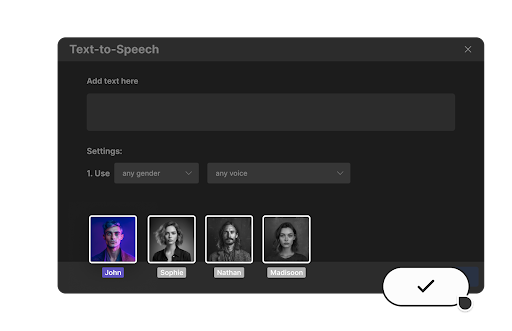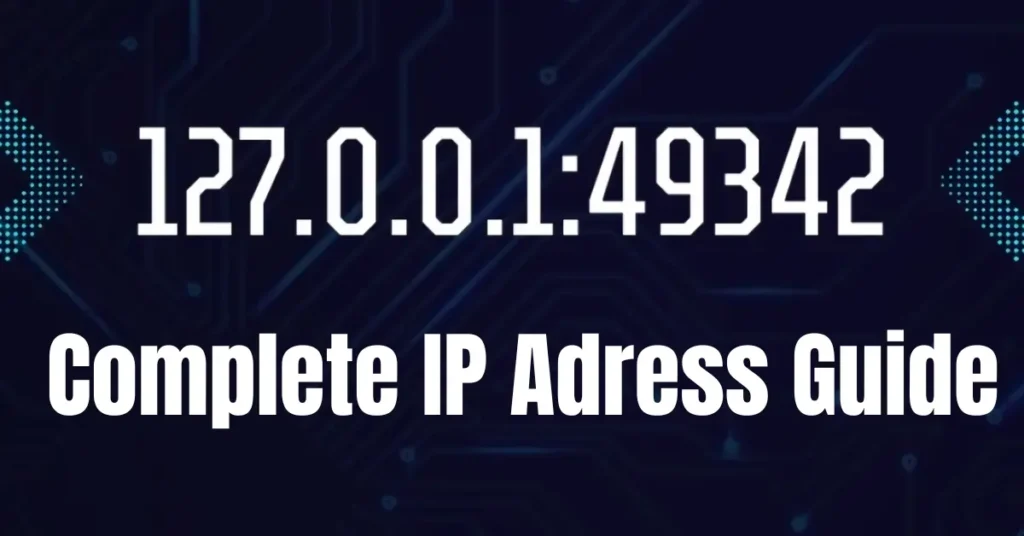Accessibility in video content has become increasingly important as the digital world continues to expand globally. Ensuring that videos are accessible to a diverse audience, including those with hearing impairments or language barriers, is crucial for content creators. Free AI voice text-to-speech tools are emerging as a powerful solution to this challenge, offering the ability to create voiceovers in multiple languages and accents. This technology not only broadens the reach of video content but also enhances the overall viewing experience for a wider audience. In this article, we’ll explore how free AI voice text-to-speech tools can improve accessibility in video content and discuss their potential in the context of AI marketing and video creator apps.
1. The Importance of Accessibility in Video Content
As video content becomes the dominant form of communication online, ensuring that it is accessible to everyone is more important than ever. Accessibility in video content can mean various things, such as providing subtitles for the hearing impaired, ensuring that content is understandable for non-native speakers, or making videos available in multiple languages.
By improving accessibility, content creators can:
- Reach a broader audience: Including those who speak different languages or have disabilities.
- Enhance viewer engagement: Accessible content is more likely to be watched, shared, and appreciated by a diverse audience.
- Comply with legal requirements: Many regions have laws mandating accessibility in digital content.
2. How AI Voice Text-to-Speech Enhances Accessibility
Free AI voice text-to-speech tools have revolutionized how creators can make their video content more accessible. These tools convert written text into spoken words using advanced artificial intelligence, creating natural-sounding voiceovers. Here’s how they enhance accessibility:
- Multilingual Voiceovers: One of the most significant benefits of AI voice text-to-speech tools is their ability to generate voiceovers in multiple languages. This feature is particularly valuable for global content creators who want to reach a wider audience. By offering voiceovers in different languages, creators can make their videos accessible to non-native speakers, breaking down language barriers.
- Accents and Dialects: In addition to multiple languages, these tools often provide various accents and dialects, allowing creators to tailor their content to specific regions or communities. This not only improves accessibility but also adds a layer of authenticity to the content.
- Real-Time Translation and Voiceover: Some advanced AI text-to-speech tools can even translate the content and generate voiceovers in real time. This feature is especially useful for live events, webinars, and other time-sensitive video content, ensuring that viewers from different linguistic backgrounds can follow along.
3. Practical Applications of AI Voice Text-to-Speech in Video Content
AI voice text-to-speech tools can be applied in various ways to enhance video accessibility:
- Educational Videos: Offering voiceovers in multiple languages ensures that educational content is accessible to students worldwide, regardless of their native language.
- Corporate Training: Companies with a global workforce can use AI voice text-to-speech to create training videos that are accessible to all employees, regardless of their location.
- Marketing Campaigns: In the context of AI marketing, brands can use these tools to create multilingual marketing videos, reaching a global audience and enhancing brand inclusivity.
- Entertainment: Filmmakers and content creators can make their content more accessible by providing voiceovers in different languages and accents, ensuring that their work resonates with a global audience.
4. Leveraging AI Marketing and Video Creator Apps for Accessibility
In addition to using AI voice text-to-speech tools, content creators can further enhance accessibility by integrating these tools with AI marketing strategies and video creator apps.
- AI Marketing: By analyzing audience demographics and preferences, AI marketing tools can help identify the languages and accents most relevant to your target audience. This allows you to create more personalized and accessible content that resonates with viewers from different cultural backgrounds.
- Video Creator Apps: Many video creator apps now include AI-driven features that simplify the process of adding voiceovers, subtitles, and translations. The video creator app can streamline the production process, making it easier to create accessible content without needing extensive technical skills.
Conclusion
Free AI voice text-to-speech tools are a game-changer in making video content more accessible to a global audience. By providing multilingual voiceovers and a variety of accents, these tools ensure that content is not only understood but also appreciated by viewers from diverse backgrounds.
As video content continues to dominate digital platforms, the importance of accessibility cannot be overstated. By integrating AI voice text-to-speech tools with AI marketing and video creator apps, content creators can significantly enhance the reach and impact of their videos. Embracing these technologies will not only help meet accessibility standards but also open up new opportunities for engaging with a broader audience.
Incorporating these tools into your content strategy will ensure that your videos are inclusive, engaging, and ready to be enjoyed by viewers around the world.




Pingback: Drawing:a4z_-ymtkr8= Cat - High-Resolution Artwork